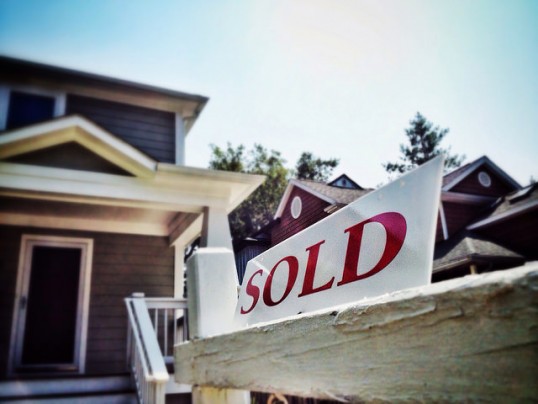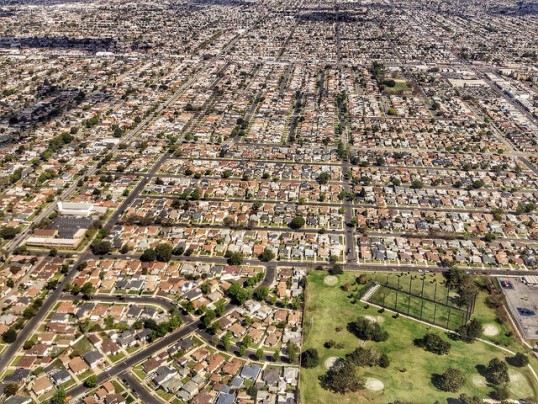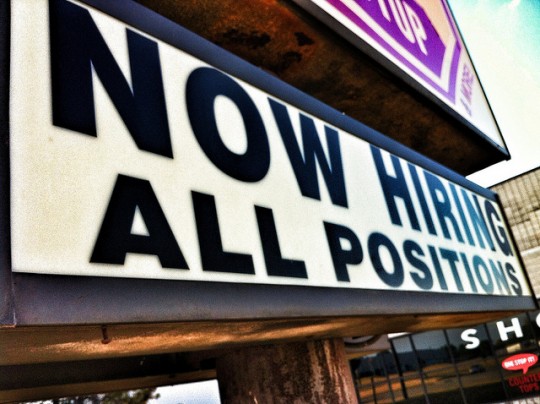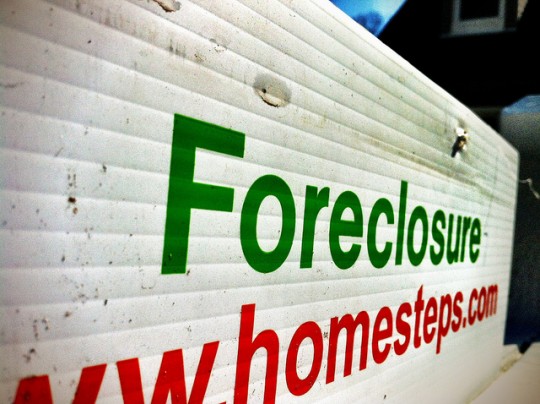According to the latest release from Fannie Mae’s Economic & Strategic Research Group, economic growth rebounded beyond expectation during the second quarter. Combined with an upward revision to first quarter activity, the improvement indicates the economy is growing slightly faster than originally forecast. Doug Duncan, Fannie Mae’s chief economist, said the August outlook supports the expectation that the second half of the year will push full-year growth into positive territory. Unfortunately, despite the good economic news, the housing market’s contribution has been disappointing. Duncan believes housing activity has suffered due to severe weather in the first half of the year and the impact on mortgage rates from the expectation that the Federal Reserve would soon begin tapering their securities purchases. These factors have led to very little seasonal growth in the residential real-estate market. But though Fannie Mae expects home sales to finish lower this year than last, they also expect 2015 to be stronger than both 2013 and 2014. More here.
Archive for August 2014
Majority Of Homes For Sale Still Affordable
A family earning the U.S. median income of $63,900 could afford 62.6 percent of the new and existing homes sold during the second quarter of this year, according to the most recent National Association of Home Builders Housing Opportunity Index. Homes sold in the first quarter of this year were affordable to 65.5 percent of median-income earners. Despite the dip, affordability levels continue to be high by historical standards. Kevin Kelly, NAHB’s chairman, said now continues to be a great opportunity to buy a home, with mortgage rates near historic lows and job growth strengthening. In fact, the average mortgage interest rate decreased during the second quarter. Prices, on the other hand, rose. Nationally, the median home price increased from $195,000 in the first quarter to $214,000 in the second quarter. According to the NAHB’s chief economist, David Crowe, affordability levels are now where they were before the mid-2000s housing boom, reflecting a slow, steady climb back from the lows experienced following the financial crisis and recession. More here.
Local Markets Gradually Return To Normal
The housing market’s slow paced recovery continues as more and more local real-estate markets return to normal levels of activity, according to a new report from the National Association of Home Builders. The NAHB’s Leading Markets Index measures how quickly more than 350 metro areas are returning to normal based on a comparison of their current building permit, home price, and employment data to averages from their last period of normal growth. The most recent report finds that the nationwide average is 89 percent of normal economic and housing activity, with 78 percent of metro markets showing year-over-year improvement. Kevin Kelly, NAHB’s chairman, said things are gradually improving and, as the job market grows, there should be a steady release of pent-up buyer demand. In fact, the job market is the most improved of the index’s components, with the number of metropolitan areas that have reached or exceeded their previous norms having jumped from 26 to 46 since last year. On the other hand, single-family housing permits are the component of the index which have been slowest to return to normal. More here.
Housing Continues On The Road To Recovery
According to the U.S. Department of Housing and Urban Development’s July Housing Scorecard, the housing market remains on the path to recovery, though some unexpected weakness remains. The Scorecard – which collects key housing market data and tracks the impact of the government’s foreclosure prevention programs – details many signs of positive progress. Among them, rebounding sales of previously owned homes, the continued downward trend in foreclosure starts, and the stabilization of home prices are all signs of an increasingly healthy residential real-estate market. Still, new home sales remain weaker than expected. Katherine O’Regan, HUD’s assistant secretary for policy development and research, said indications are that continued improvements in the economy, such as the July employment report which marked the sixth straight month of more than 200,000 jobs having been added, along with slowly easing mortgage credit, will keep the housing market on the path to recovery. Despite the largely optimistic tone of the most recent report, however, officials caution there is still work to be done as the economy recovers from the most recent recession. More here.
Mortgage Credit Availability Rises In July
The Mortgage Bankers Association’s Mortgage Credit Availability Index increased 0.5 percent in July. The increase, which indicates that lending standards are loosening and mortgage credit is becoming easier to obtain, is a good sign for the residential real-estate market, as credit availability means more prospective home buyers will be approved for loans. Despite the continuing improvement, however, the MBA’s Weekly Applications Survey – which tracks demand for mortgage applications – fell 2.7 percent last week from the previous week. The drop was mainly due to refinancing activity dropping 4 percent following a 4 percent increase the week before. Mortgage rates also decreased last week, falling across most loan categories – including 30-year fixed-rate mortgages with jumbo balances, those backed by the Federal Housing Administration, and 15-year fixed-rate loans. Rates on 30-year fixed-rate loans with conforming balances were unchanged from the week before. The Mortgage Bankers Association’s weekly survey has been conducted since 1990 and includes 75 percent of all retail residential mortgage applications. More here and here.
Why Home Prices Need Job Growth
Over the past few years, home price increases have been largely fueled by investors and other home buyers purchasing the discounted housing stock created by the housing crash and foreclosure crisis. As those bargained-priced homes sold, home prices increased. Naturally, the areas that suffered the largest declines following the crash were the ones that posted the largest price gains in subsequent years. But, since there are a declining number of distressed properties available for sale, those areas are now seeing prices normalize. In fact, according to Trulia’s most recent Price Monitor, for the first time in two years, none of the 100 largest U.S. metropolitan areas had a year-over-year price increase of more than 15 percent. While this is good for current home buyers and affordablility levels, a truly strong home price recovery requires consistent job and income growth. According to Jed Kolko, Trulia’s chief economist, without consistent job growth, price gains will slow dramatically or even reverse in markets that have relied heavily on rebounding prices for their recent improvement. More here.
Foreclosures Fall To Lowest Level Since 2006
RealtyTrac’s Midyear 2014 U.S. Foreclosure Market Report found that foreclosure filings during the first half of the year fell 23 percent from the first half of 2013. The drop brought foreclosure activity to its lowest level since the housing bubble burst in 2006. Daren Blomquist, vice president of RealtyTrac, said nationwide foreclosure activity reached an important milestone and, over the next six to nine months, foreclosure numbers should start to flat line at consistently historically normal levels. Blomquist warns, however, that there are a few concerning trends in some local markets that have lingering problems left over from the housing bust but believes foreclosures are no longer a widespread contagion threatening to derail the housing market’s return to health. Just nine states saw foreclosure activity increase in the first half of the year compared to a year earlier. The improvement in foreclosure activity follows a trend that has coincided with rising prices and the return of more traditional buyers and sellers to the market. More here.







